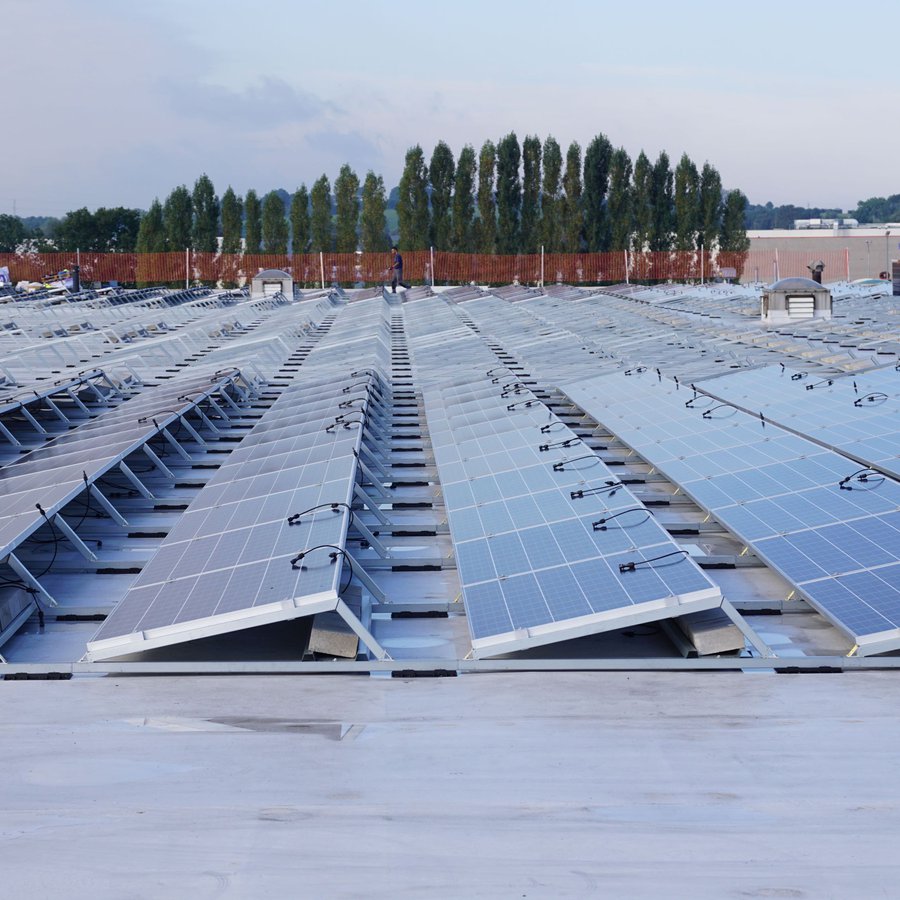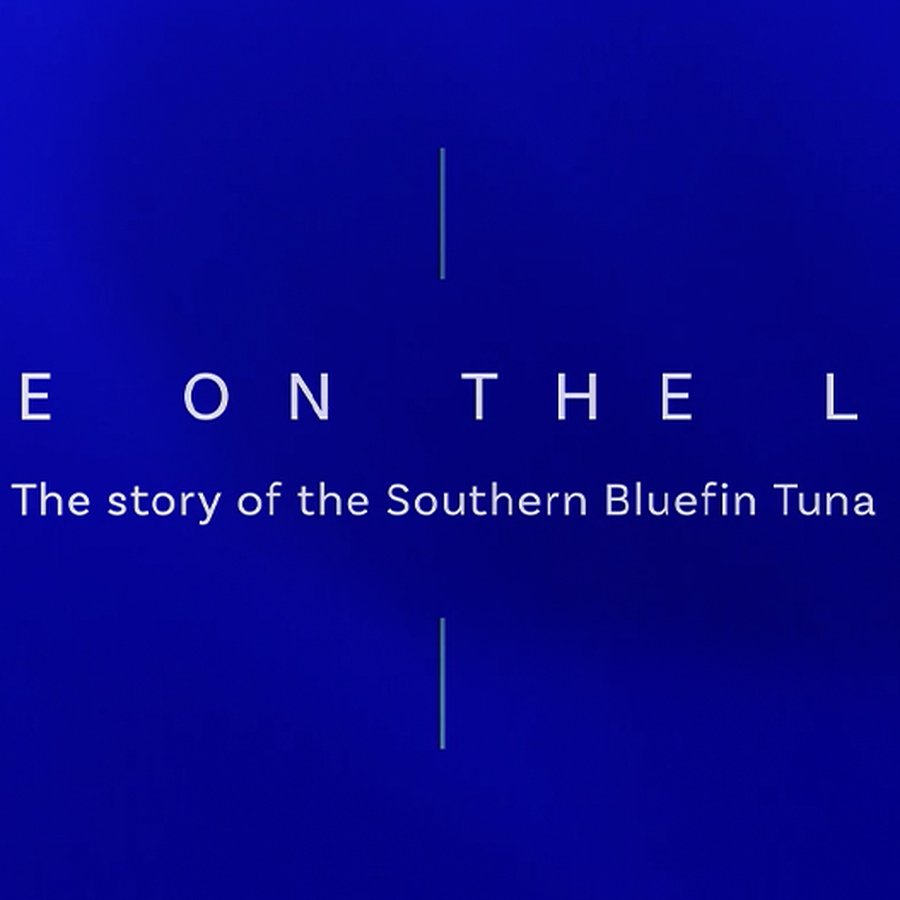To be good stewards of our industry and our environment, we strongly advocate for and support fishing conservation. Together, with our friends from Florida Sport Fishing, we’re working to educate the angling and boating community on a wide variety of topics that are important to healthy ecosystems and sustainable fisheries. Recently we visited the University of Miami’s Rosenstiel School to learn more about its groundbreaking dolphinfish hatchery program, and what we saw was nothing short of fascinating.
Tucked away down a desolate street, marine scientists and aquaculture experts are teaming up to perfect the processes and procedures required for rearing the incredibly fast-growing dolphinfish, also known as mahi-mahi or dorado. It’s a brave attempt to reduce the commercial fishing pressure on wild populations of gamefish while simultaneously satisfying the world’s insatiable appetite for fresh seafood. However, it’s an incredibly tall task with unprecedented consequences as farm-raised fish require a tremendous amount of wild-caught forage fish – as much as five pounds for each pound of weight gain. Plus, farming fish in open-ocean pens produces exceptionally high levels of waste products in small, concentrated areas. Aquaculture is a double-edged sword on a scale we’ve rarely seen. Still, the team in Miami is working on viable solutions while simultaneously experimenting with various snapper and grouper species, cobia, flounder, and even tuna, all in the hopes of large-scale breeding operations with little negative impact and maximum yield.
With farm-raised fish and shellfish already making up close to 50 percent of all seafood consumed globally, there is no doubt in our mind that this number will continue to grow. The only trick is dialing in a solution that is more beneficial to our environment than detrimental.
























